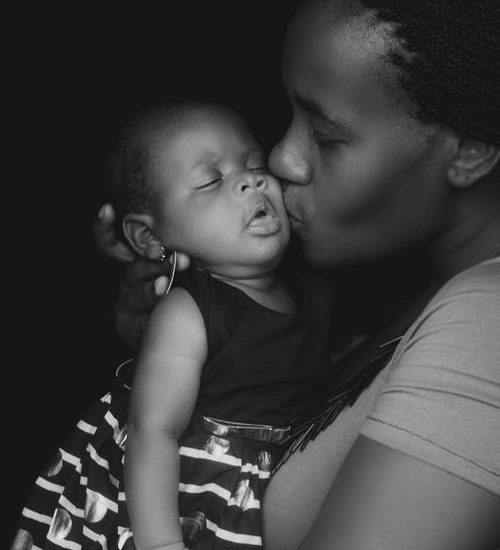Child Care in 25 States: What We Know and Don’t Know
Back in October of 2020 the Bipartisan Policy Center published a report, which is bound to have a profound impact on the early childhood field and child care:
Child Care in 25 States: What We Know and Don’t Know: Quantifying the Supply of, Potential Need for, and Gaps in Child Care Across the Country
Below is the forward to the paper, authored by Linda K. Smith.
“In the landmark Military Child Care Act of 1989, Congress required that the Department of Defense submit a report on the need for child care for military personnel and along with it a plan for how we would meet the need. The report describing the unmet need was submitted in 1992, and since then, the Defense Department has made enormous progress in closing the child care gap. There has been no similar report for the rest of the country, nor have we developed a national plan to meet the child care need for the nation’s families. Without a clear understanding of the actual supply available versus the actual need for care—the child care gap—it is impossible to quantify either the actual child care spaces needed or the corresponding costs—what it takes to close that gap—and ultimately to develop a plan to ensure that all families in America have access to affordable, reliable, and quality care for their children that supports them in their daily lives.
This study was originally intended to answer the first of those questions: What is the actual gap for all 50 states? The work began in 2019. Working with state government officials, we analyzed child care data for 12 states. Representatives from these states served as our State Advisory Committee to help guide the work. This committee met in-person in December 2019, and with their input, we made modifications to the project design and moved forward to analyze the remaining states. As the COVID-19 pandemic hit, and the child care supply shifted radically, we determined that continuing to map the remaining states would not be possible. We decided instead to complete the 25 states included in this report, pause, and then reevaluate the same 25 states post-COVID-19 to determine the impact of the pandemic on the available supply of child care and changes in the potential need.
Early in our work, we identified two major challenges that are addressed in this report. The first is the need for better data at the state level, and we make several recommendations that we hope will guide states as they work to better understand child care within their own states. In all except two states, we lack data on the capacity of child care programs to serve the various age groups. While there is extensive anecdotal information about the lack of infant care, the actual availability is unknown. The second challenge that became apparent early in the process was the lack of understanding of exactly what parents want. Do parents want care closer to home or closer to work, what are they looking for when they choose care, and are there differences in child care preference between urban and rural parents? Is the lack of care in some communities because parents cannot afford care or because they prefer something that is not available? Through a series of national parent surveys, we have attempted to answer some of these questions. Although more needs to be done, some of our findings to date are incorporated in the narrative. In 2021, we intend to reexamine the care in these 25 states and the impact COVID-19 has had on the nation’s supply.
In the meantime, we will continue to work to better understand parents’ needs and preferences and the impact they have on the supply of care. In closing, we especially want to thank the 12 state officials who served on the advisory committee and the state officials in each of the 25 states for their countless hours in helping us with this project. We recognize that much of this work was done in the midst of the pandemic which made their support even more challenging. Finally, were it not for Anubhav Bagley and his relentless optimism and willingness to constantly make changes, this project would have been impossible.”
Please click here to find the full report
For more information on the Bipartisan Policy Center please click here





